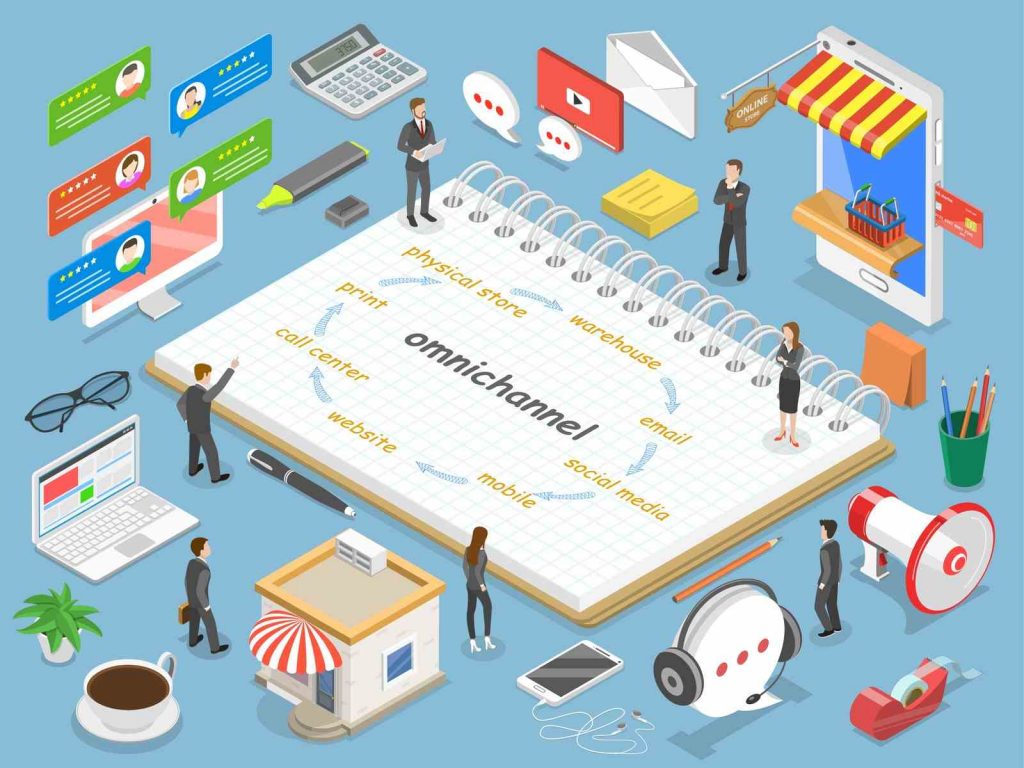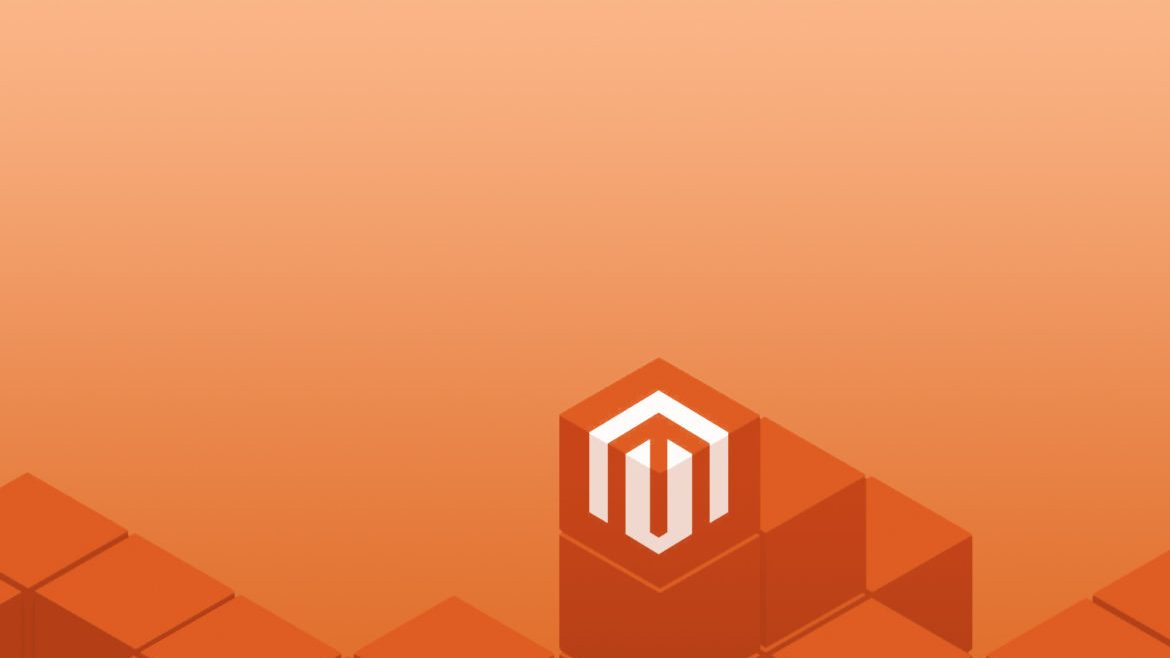Omnichannel
If you are looking to implement a Magento omnichannel platform, you should follow these tips. These tips will help you to centralize data, create a personalized experience for customers, track deliveries, and build a variety of store representations. Read on to find out more! Listed below are some of the most important features of this platform. If you have questions, please feel free to contact us!
Centralizing data
Using a centralized dashboard can help retailers manage their inventory, catch trends, and personalize their customers’ shopping experiences. Customers are likely to shop on different channels, and omnichannel lets retailers view data across all channels to make better decisions. For example, an omnichannel platform can help retailers manage inventory and synchronize data across multiple channels, including physical stores, eCommerce websites, mobile popups, marketplaces, warehouses, and social media platforms.
By integrating sales and operations across multiple channels, Magento enables retailers to provide seamless shopping experiences. The system blurs the lines between on and offline stores, and offers complete visibility into inventory and databases across the channels. This allows retailers to optimize their business, while improving the customer experience. With its ability to track and analyze customer behaviors across all channels, it can help retailers increase their revenue and boost loyalty. But it isn’t for everyone. To fully benefit from Magento omnichannel, retailers must invest in order management solutions and flexible budgets.
While not all omnichannel systems are created equal. Some businesses use more than one platform. Some of these systems have limited data storage capabilities, while others have more than one. Having a single data warehouse and platform for all of your stores can help you manage inventory effectively and reduce costs. By using centralized data management, Magento can provide real-time tracking of orders and provide a seamless customer experience. If you’re considering an omnichannel platform, it is important to understand its capabilities and find a solution that fits your needs.
An example of a business leveraging Magento omnichannel capabilities is a retailer who runs several Magento websites, an eBay seller account, and offline retail stores. One of their offline stores offers a self-service kiosk machine. The merchant integrated its Magento website with the self-service kiosk, a loyalty app, and a Stripe terminal device. The integration ensured that data flows across the entire system. Customers were able to scan a QR code to check their order, and the loyalty app informed them of their updated point balance.

Creating a personalized customer experience
Managing multiple channels and delivering a personalized customer experience is the key to increasing sales and engagement. Whether a customer is shopping for furniture or looking for a specific product online, omnichannel solutions can keep up with the latest trends and offer relevant offers. Using Magento Omnichannel will help you manage all these channels. And you’ll be able to keep track of your data in real-time.
Personalization is also important in B2B and C2C commerce. Compared to B2C, B2B buyers make purchases based on logic and decision-making, rather than on emotion. While B2B customers may take longer to purchase, repeat purchases and conversions increase dramatically. By tailoring content and promotions to individual customers, Magento omnichannel helps you keep your customers satisfied and returning for more.
While omnichannel can be used to improve customer experience, it is important to remember that it should not replace your existing business model. You must consider your current business goals and needs in order to design a successful omnichannel strategy. You can start by reviewing your existing processes and implementing the Magento platform. Then, make adjustments accordingly. Creating a personalized customer experience with Magento omnichannel can make the difference between success and failure.
Using Magento Omnichannel makes it easier to manage multiple channels and offer a seamless customer experience. The ability to integrate your sales data from different channels helps you manage your business and provide a more personalized customer experience. Magento Omnichannel also streamlines the entire sales process, and improves your inventory turnover and operational costs. Omnichannel stores also have more flexibility than ever before. A Magento agency partner can help you learn more about this technology, including the benefits of omnichannel.
Tracking deliveries
The benefits of tracking deliveries in Magento omnichannel extend beyond keeping track of the progress of order processing. Customers expect to receive their orders in the time period you quote, whether you’re delivering them to a store or to their home. Tracking deliveries in Magento omnichannel makes this possible by keeping customers updated with the status of their orders. This can help you strengthen the bond you share with your customers and prevent dissatisfaction.
In a world where people can buy products both online and in-store, you can boost your business by implementing an omnichannel Magento 2 solution. Tracking deliveries in Magento enables you to keep track of shipments in real time and reinforce the in-store shopping experience. This technology can help you connect multiple seller accounts, support multiple currencies, and integrate real-time tracking. If you’ve opted for Magento, you can improve customer engagement and increase sales by enabling omnichannel functionality.
The benefits of tracking deliveries in Magento omnichannel are numerous. Customers are becoming more connected and demanding, and they have a growing range of purchasing options. With this, businesses must adapt to the ever-growing number of ways to sell their products. In the omnichannel world, consistency is essential to customer satisfaction. As a result, businesses must be digitally mature to make the most of this opportunity. Magento omnichannel offers the most essential functionality for a unified experience across all channels. However, omnichannel success depends on the readiness of your business ecosystem.
Using the right extension will ensure your customers are aware of the status of their orders. Not only will this extension allow you to send SMS or email notifications, it will enable your customers to track their order without having to login. Customers will also be able to access tracking information through your website if they have placed an order on your website. As a result, you can improve customer satisfaction and revenue as a result.
Building a variety of store representations
As the omnichannel trend continues to gain momentum, businesses will need to consider the capabilities of Magento for omnichannel. A multiplatform solution orchestrates communication channels and helps businesses grow revenue. In addition to Magento omnichannel, retailers need to have a flexible budget and upgrade their key business operations. Listed below are some tips for getting started on your omnichannel journey. But remember, the goal of this process is not to become a brick-and-mortar store, but to transform your business into a fully- rounded omnichannel presence.
Analyzing the behavior of customers across channels is a critical element of omnichannel success. By analyzing data from different channels, such as websites and mobile applications, you can capture insights that can help you improve your customer experience. By capturing data from multiple channels, you can identify your best customers, adapt your marketing activities, and even increase conversion. Ultimately, omnichannel success is about giving every customer the personalized experience that they expect and deserve.
In order to create the best omnichannel experience, you need to know your customers well. With Magento, you can customize the look and feel of your site to meet your customers’ needs. This helps you build customer trust and loyalty, which leads to more conversions and improved brand image. With the right solution, building a variety of store representations in Magento will help your business grow and achieve the success you’re seeking.
With the right omnichannel platform, your business will experience a seamless administration experience across all channels. Moreover, it provides powerful SEO tools that help businesses track customer behavior and recommend products. With Magento, you can use data-driven analytics to make smart decisions and improve your business performance. Using intelligent commerce tools will help you manage your business across multiple channels seamlessly and achieve better sales and customer retention.
Building a mobile app or PWA
If you’re looking to expand your reach in a mobile-first world, Magento omnichannel is a great way to do so. By unifying all your touchpoints, your business can offer a personalized experience for every customer. In addition to capturing data about customers, Magento allows you to analyze marketing campaigns and identify the best products and services to sell. This data is then used to adjust stock levels, define communication channels, and adapt promotional activities to increase conversion.
The benefits of building a PWA are many. First, it works on any mobile device, not just on mobile devices. It works in the browser and doesn’t require additional memory. Second, it loads faster than a mobile website. Third, it works offline and on poor networks. And last but not least, it’s free. For mobile users, PWAs are much more convenient than native apps.
In the modern age, mobile-first approach to marketing is critical to maximizing conversion rates. Progressive web apps (PWAs) are websites that mimic the features of a native app without the download and update hassles. Ultimately, building a PWA can cut down development costs and time-to-market. If you’re unsure whether you should build a mobile app or a PWA, here are some considerations:
Choosing a Magento omnichannel builder is an important decision. While it can offer greater control, building your own storefront is more expensive and requires a development team with specialized knowledge of PWAs. Additionally, you’ll have to hire a developer who is familiar with Magento, understands PWAs and knows the best practices for building a mobile app. You’ll also need a team of developers and someone to maintain and oversee the site.


